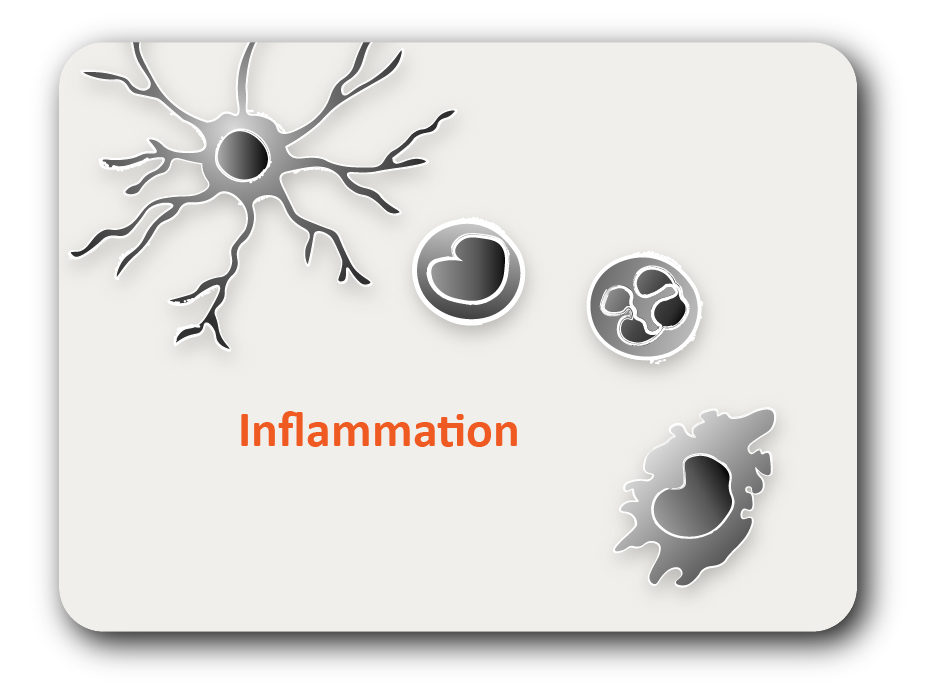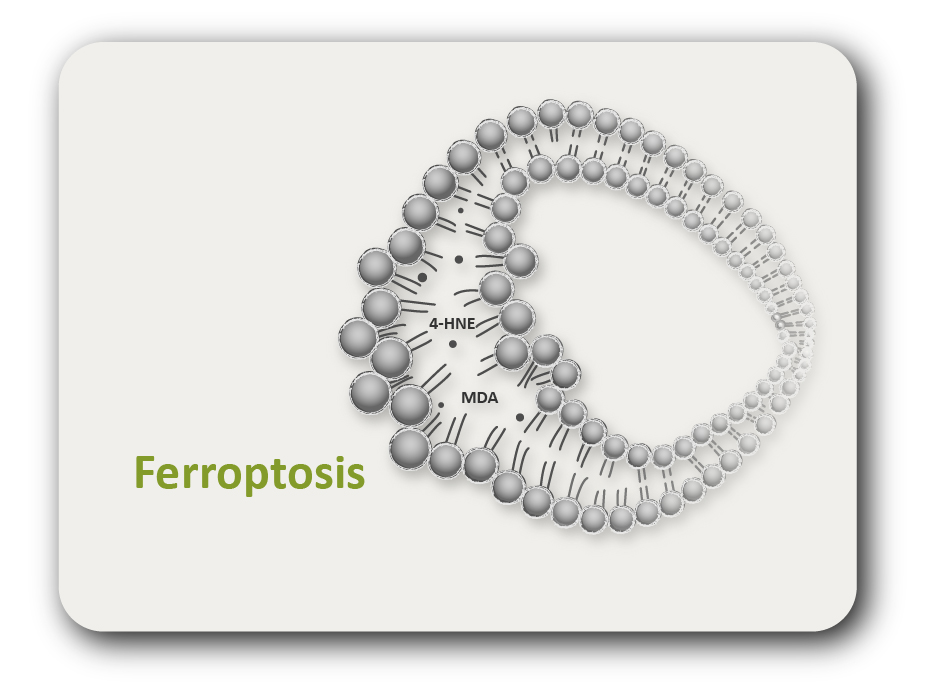ARG70554
Human IL35 recombinant protein (Fc-tagged)
Human IL35 recombinant protein (Fc-tagged) for SDS-PAGE
概述
| 产品描述 | CHO expressed, Fc-tagged Human IL35 recombinant protein |
|---|---|
| 应用 | SDS-PAGE |
| 靶点名称 | IL35 |
| 物种 | Human |
| A.A. 序列 | IL12A: Arg23 - Ser219 EBI3: Arg21 - Lys219 |
| 表达系统 | CHO |
| 別名 | IL12AIL12A; Interleukin 12A; IL-12A NKSF1; CLMF; NFSK; P35; Interleukin 12A (Natural Killer Cell Stimulatory Factor 1, Cytotoxic Lymphocyte Maturation Factor 1, P35); Cytotoxic Lymphocyte Maturation Factor 35 KDa Subunit; Cytotoxic Lymphocyte Maturation Factor 1, P35; NF Cell Stimulatory Factor Chain 1; NK Cell Stimulatory Factor Chain 1; Interleukin-12 Subunit Alpha; Interleukin-12 Alpha Chain; Interleukin 12, P35; IL-12, Subunit P35; IL35 Subunit; CLMF P35; Natural Killer Cell Stimulatory Factor 1, 35 KD Subunit; IL-12 Subunit P35 EBI3: EBI3; Epstein-Barr Virus Induced 3; IL27B; IL35B; Epstein-Barr Virus-Induced Gene 3 Protein; Interleukin-27 Subunit Beta; EBV-Induced Gene 3 Protein; IL-27 Subunit Beta; IL27 Subunit; IL35 Subunit; IL-27B; Epstein-Barr Virus Induced Gene 3; Cytokine Receptor |
属性
| 形式 | Powder |
|---|---|
| 纯化说明 | Endotoxin level is less than 0.1 EU/µg of the protein, as determined by the LAL test. |
| 纯度 | > 90% (by SDS-PAGE) |
| 缓冲液 | PBS (pH 7.4) |
| 复溶 | It is recommended to reconstitute the lyophilized protein in sterile water to a concentration not less than 200 μg/mL and incubate the stock solution for at least 20 min at room temperature to make sure the protein is dissolved completely. |
| 存放说明 | For long term, lyophilized protein should be stored at -20°C or -80°C. After reconstitution, aliquot and store at -20°C or -80°C for up to one month. Storage in frost free freezers is not recommended. Avoid repeated freeze/thaw cycles. Suggest spin the vial prior to opening. |
| 注意事项 | For laboratory research only, not for drug, diagnostic or other use. |
生物信息
| 基因名称 | EBI3; IL12A |
|---|---|
| 全名 | Epstein-Barr Virus Induced 3; Interleukin 12A |
| 背景介绍 | IL12A: This gene encodes a subunit of a cytokine that acts on T and natural killer cells, and has a broad array of biological activities. The cytokine is a disulfide-linked heterodimer composed of the 35-kD subunit encoded by this gene, and a 40-kD subunit that is a member of the cytokine receptor family. This cytokine is required for the T-cell-independent induction of interferon (IFN)-gamma, and is important for the differentiation of both Th1 and Th2 cells. The responses of lymphocytes to this cytokine are mediated by the activator of transcription protein STAT4. Nitric oxide synthase 2A (NOS2A/NOS2) is found to be required for the signaling process of this cytokine in innate immunity. [provided by RefSeq, Jul 2008] EBI3: This gene was identified by its induced expression in B lymphocytes in response Epstein-Barr virus infection. It encodes a secreted glycoprotein belonging to the hematopoietin receptor family, and heterodimerizes with a 28 kDa protein to form interleukin 27 (IL-27). IL-27 regulates T cell and inflammatory responses, in part by activating the Jak/STAT pathway of CD4+ T cells. [provided by RefSeq, Sep 2008] |
| 生物功能 | IL12A: Signaling requires the transcription factors STAT1 and STAT4, which form a unique heterodimer that binds to distinct DNA sites EBI3: Associates with IL27 to form the IL-27 interleukin, a heterodimeric cytokine which functions in innate immunity. IL-27 has pro- and anti-inflammatory properties, that can regulate T-helper cell development, suppress T-cell proliferation, stimulate cytotoxic T-cell activity, induce isotype switching in B-cells, and that has diverse effects on innate immune cells. Among its target cells are CD4 T-helper cells which can differentiate in type 1 effector cells (TH1), type 2 effector cells (TH2) and IL17 producing helper T-cells (TH17). It drives rapid clonal expansion of naive but not memory CD4 T-cells. It also strongly synergizes with IL-12 to trigger interferon-gamma/IFN-gamma production of naive CD4 T-cells, binds to the cytokine receptor WSX-1/TCCR. Another important role of IL-27 is its antitumor activity as well as its antiangiogenic activity with activation of production of antiangiogenic chemokines.. [Uniprot] |





